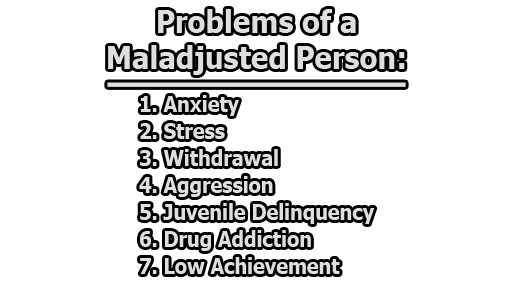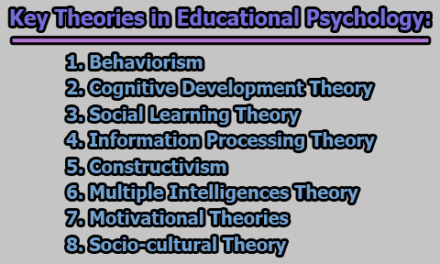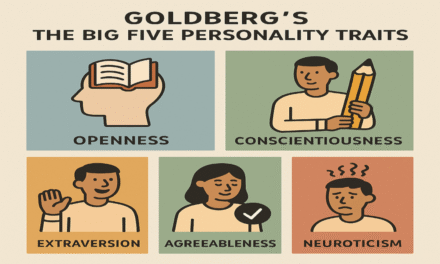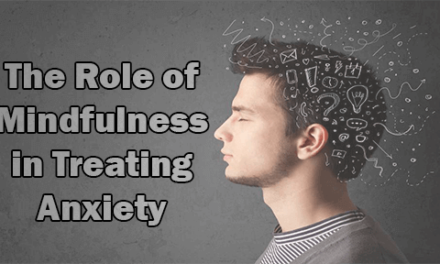Causes and Problems of a Maladjusted Person:
Maladjustment is a complex phenomenon encompassing various aspects of an individual’s life, including social, psychological, and biological dimensions. It occurs when an individual struggles to fulfill their personal needs, leading to an imbalance between personal expectations and societal norms. This disturbance in psycho-equilibrium can manifest in maladaptive behaviors and affect interpersonal relationships, emotional regulation, and physiological responses. In the rest of this article, we will explore the causes and problems of a maladjusted person.
What is Maladjustment?
Maladjustment is when a person has trouble meeting their personal needs – things related to their body, feelings, and how they get along with others. It creates an imbalance between what a person needs and what society expects, which upsets their mental balance.
The terms ‘maladjustment’ and ‘maladaptive’ are used in different situations, mainly in social, psychological, and biological contexts. Social maladjustment is about how someone forms and keeps relationships, especially with friends. This can be tough for some people, especially during childhood when things like changing schools and meeting new friends happen. If children struggle to adjust to these changes, they might show behaviors like being aggressive or playing too roughly, leading to other kids not wanting to be friends with them (Ladd & Price, 1987).
In the psychological aspect, maladjustment refers to how well someone can control their emotions. Emotions usually help people adapt to their surroundings. Psychological maladjustment may mean having trouble dealing with changing situations and emotions. It could show as having high levels of ’emotional inertia,’ which means not responding well to different situations (Kuppens, Allen, & Sheeber, 2010). Maladjustment can also be about how the body reacts to the environment. The body tries to respond well to changes, a concept called allostasis (McEwen & Stellar, 1993). This involves systems like the autonomic nervous system, the hypothalamic-pituitary-adrenal axis, and the immune and cardiovascular systems. If these systems get activated too often, it can wear out the body, known as allostatic load. High allostatic load, measured using health parameters, is linked to a higher risk of heart disease and lower physical and cognitive functioning (Seeman, Singer, Rowe, Horwitz, & McEwen, 1997).
Causes of Maladjustment:
The causes of maladjustment are diverse and encompass various aspects of an individual’s environment, upbringing, and societal influences. Understanding these causes is essential for devising effective strategies to address and alleviate maladjustment in individuals. Here is an exploration of the specified causes:
1. Unhealthy Home Environment:
- Separated, Divorced, or Step-Parent Families: Family disruptions, such as separation or divorce, and the introduction of step-parents, can lead to emotional instability and impact a child’s sense of security.
- Substance Abuse: Having parents who are drunkards or drug-addicted can create an unpredictable and chaotic home environment, negatively influencing a child’s emotional and psychological development.
- Single Parenting: The challenges associated with single parenting, including economic strain and emotional stress, can contribute to maladjustment in children.
- Low Moral and Social Standards: Families with low moral and social standards may fail to provide a nurturing environment, hindering the development of essential social and emotional skills.
2. Heredity Causes (Inferiority Complex): Inherited factors, including a defective mental setup, physiological structure, and skin color, may contribute to feelings of inferiority, impacting an individual’s self-esteem and overall adjustment.
3. Poverty (Social Comparison): Economic disparities between poor and rich children in school can lead to jealousy, worry, and an inferiority complex, causing emotional disturbance and hindering social integration.
4. Environment Causes:
- Defective Nourishment: Environmental forces, starting from the child’s conception, can result in defective nourishment, impacting physical and cognitive development.
- Uncongenial Physical Environment: Adverse physical environments, such as unsafe living conditions or exposure to pollution, can contribute to stress and maladaptive behaviors.
5. Faulty Teaching Method (Lack of Motivation): Teaching methods lacking motivation can result in dull and monotonous lessons, leading to emotional tension and negatively impacting mental well-being.
6. Strict Discipline (Fear and Worry): Imposing excessively strict discipline in traditional schools may create an environment of fear and constant worry among students, contributing to emotional distress.
7. Lack of Equipment (Facility): The absence of proper facilities, including a lack of furniture and overcrowded classrooms, can lead to frustration and mental tension among students.
8. Lack of Guidance and Counselling (Confusion and Frustration): The absence of guidance and counseling services in educational institutions can leave students confused and frustrated, contributing to maladjustment.
9. Lack of Recreational Facilities (Adjustment Problems): Children deprived of post-class facilities, such as play, library access, debates, and discussions, may experience adjustment problems due to a lack of opportunities for social and cognitive development.
10. Mass Media (Exposure to Inappropriate Content): Children exposed to mass media content depicting low sexuality and violence may develop maladjustment as these influences shape their perceptions and behaviors.
11. Social Laws and Bindings (Frustration): Social rules, legal constraints, and restrictions imposed by parents, teachers, and ethical groups can lead to frustration, becoming a common source of maladjustment.
12. Bad Company/Neighbourhood (Negative Behavior Patterns): The neighborhood’s influence, characterized by negative behavior patterns like lying, stealing, obscene talk, and promiscuity, can contribute to maladjustment in young individuals.
Understanding and addressing these multifaceted causes of maladjustment is essential for developing targeted interventions and support systems to help individuals overcome the challenges they face in their environments and lead healthier, more fulfilling lives.
Problems of a Maladjusted Person:
The problems associated with maladjustment encompass a range of psychological, behavioral, and societal challenges that impact an individual’s well-being and overall functioning. Here is a brief exploration of the problems faced by maladjusted individuals:
- Anxiety:
- Personality Trait: Anxiety is identified as a personality trait and can vary widely among individuals. Highly anxious individuals often exhibit tense and worried behaviors, contrasting with those who remain calm even in challenging situations.
- Result of Conflict: Anxiety arises as a result of conflict, which is an inevitable part of life. Conflicts between personal needs and societal expectations contribute to heightened emotionality.
- Stress:
- Inferred Emotional State: Stress is an inferred emotional state that cannot be directly observed. It is a response to the challenges and pressures of life, including the conflicts associated with maladjustment.
- Measurable Through Tests/Techniques: While stress itself is not directly measurable, psychological tests and techniques can assess the physiological and psychological manifestations of stress in maladjusted individuals.
- Withdrawal:
- Onset of Symptoms: Psychological withdrawal is defined as the onset of physical and mental symptoms when a substance is reduced or not given to the body. This can encompass both prescription and illegal drugs, impacting the individual’s mental state.
- Dealing with Substance Dependency: Maladjusted individuals may resort to substances as a coping mechanism, and the withdrawal symptoms reflect the body’s response to a reduction or absence of these substances.
- Aggression:
- Overt Harmful Behavior: Maladjustment may lead to overt and harmful social interactions, resulting in aggression. This behavior is often aimed at inflicting damage or unpleasantness upon others, either in retaliation or without provocation.
- Frustration-Induced Aggression: Human aggression, especially in maladjusted individuals, can be triggered by frustration stemming from blocked goals or unmet needs. It can manifest as direct (physical or verbal) or indirect attacks.
- Juvenile Delinquency (Illegal Behavior in Minors): Maladjusted juveniles may engage in illegal behavior, leading to juvenile delinquency. Legal systems typically have specific procedures, including juvenile detention centers and courts, to address the unique needs of underage offenders.
- Drug Addiction:
- Loss of Control: Substance use disorder, or drug addiction, affects an individual’s ability to control the use of legal or illegal drugs. Despite the harm caused, maladjusted individuals may continue substance use as a means of coping with their challenges.
- Impact on Behavior and Brain: Drugs such as alcohol, marijuana, and nicotine, when abused, can have profound effects on an individual’s brain and behavior, exacerbating the problems associated with maladjustment.
- Low Achievement:
- Multidimensional Problem: Low achievement is a multidimensional problem influenced by psychological, educational, social, and medical factors. Maladjusted individuals often face challenges in academic performance and overall success.
- Reduction in Educational Attainment: Factors contributing to low achievement can range from psychological issues impacting concentration to social and economic factors hindering educational attainment.
In conclusion, understanding maladjustment is crucial for addressing the challenges individuals face in fulfilling their biological, psychological, and social needs. By recognizing the causes and manifestations of maladjustment, society can work towards creating environments that foster healthy development and well-being, ultimately reducing the prevalence of maladaptive behaviors and their associated problems.

Library Lecturer at Nurul Amin Degree College










